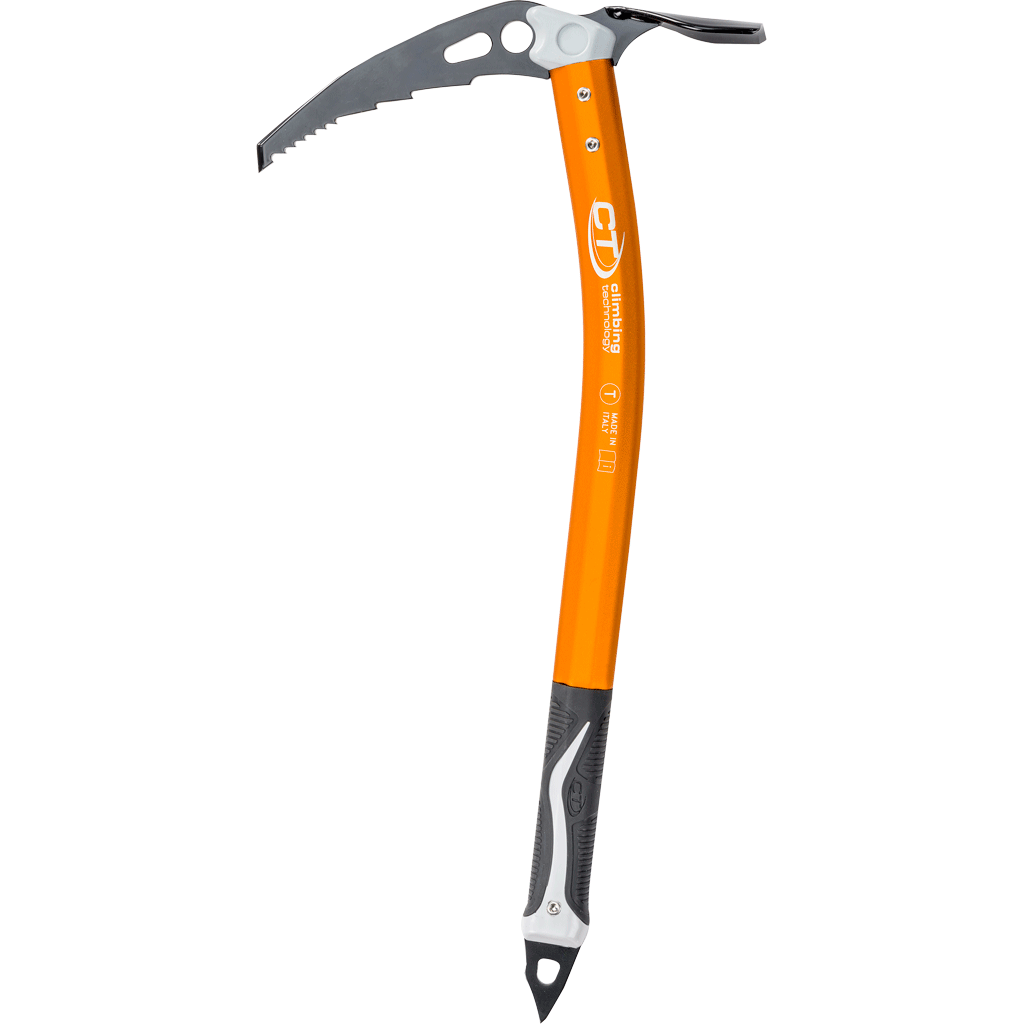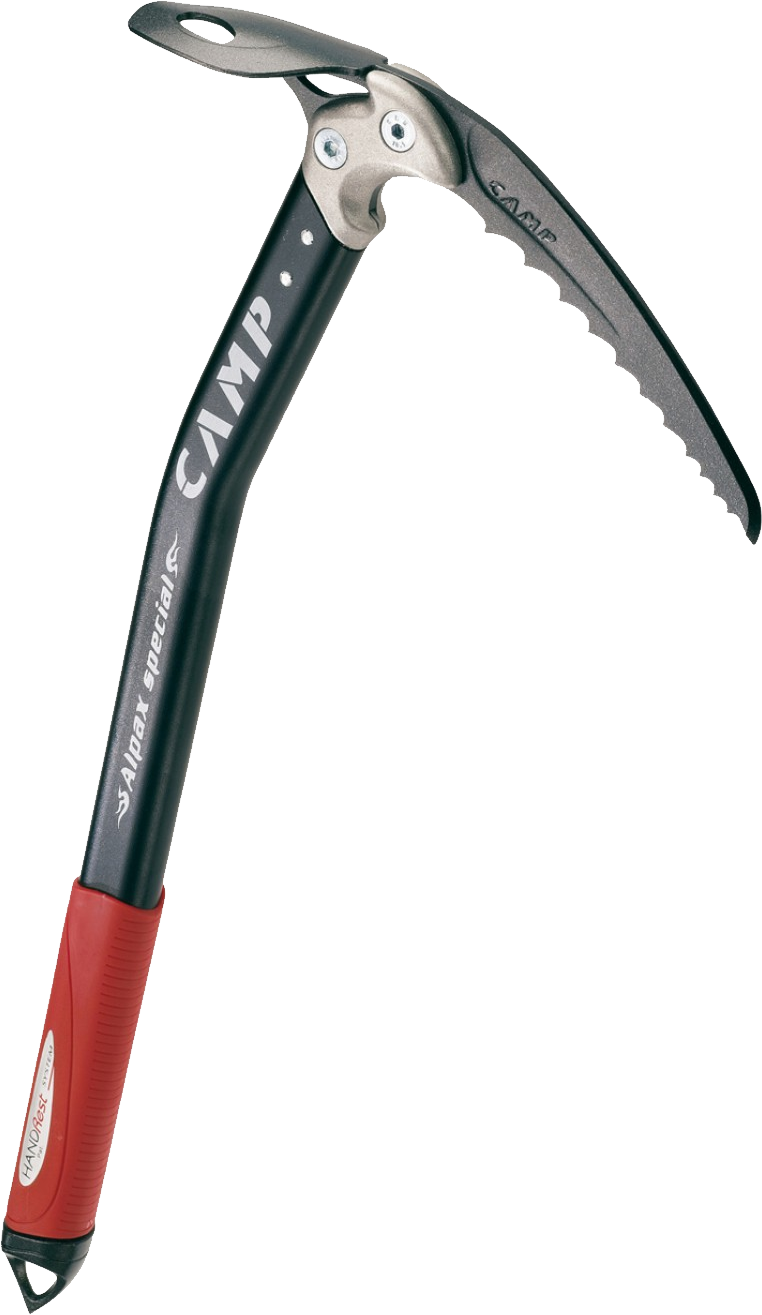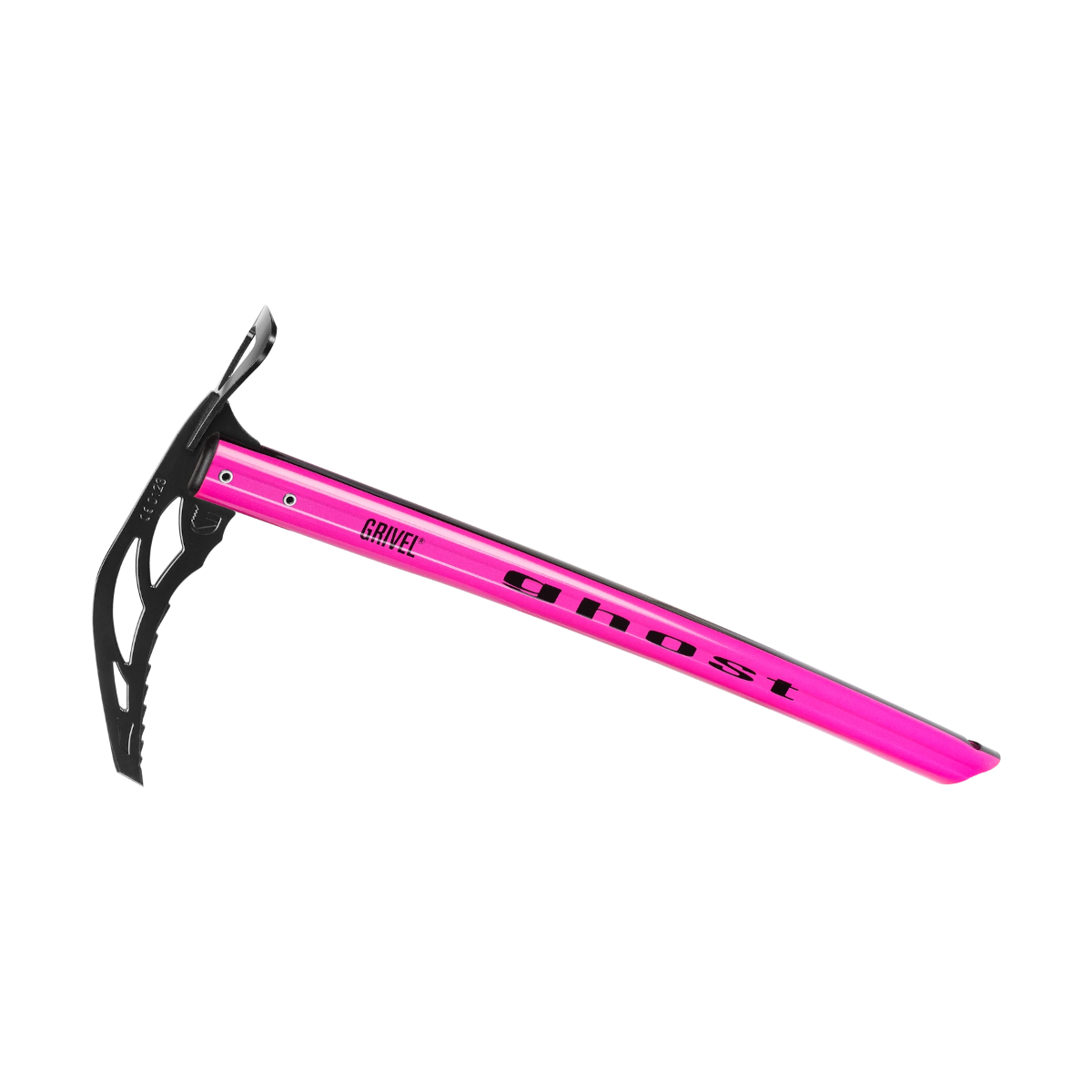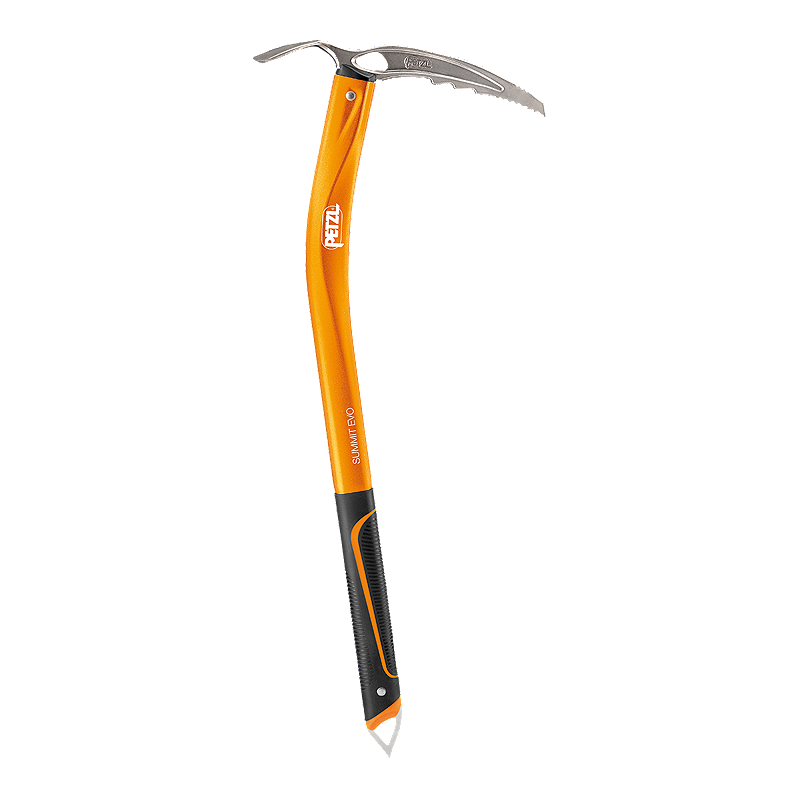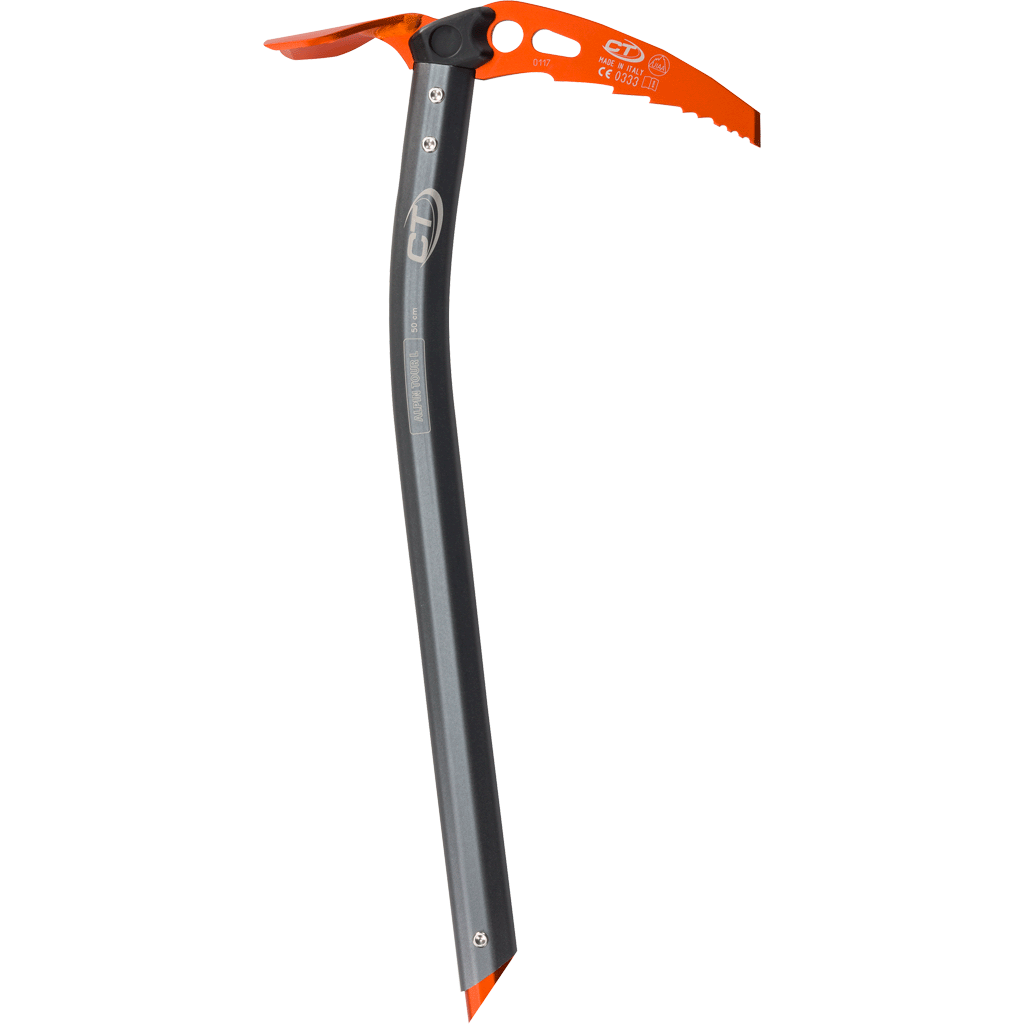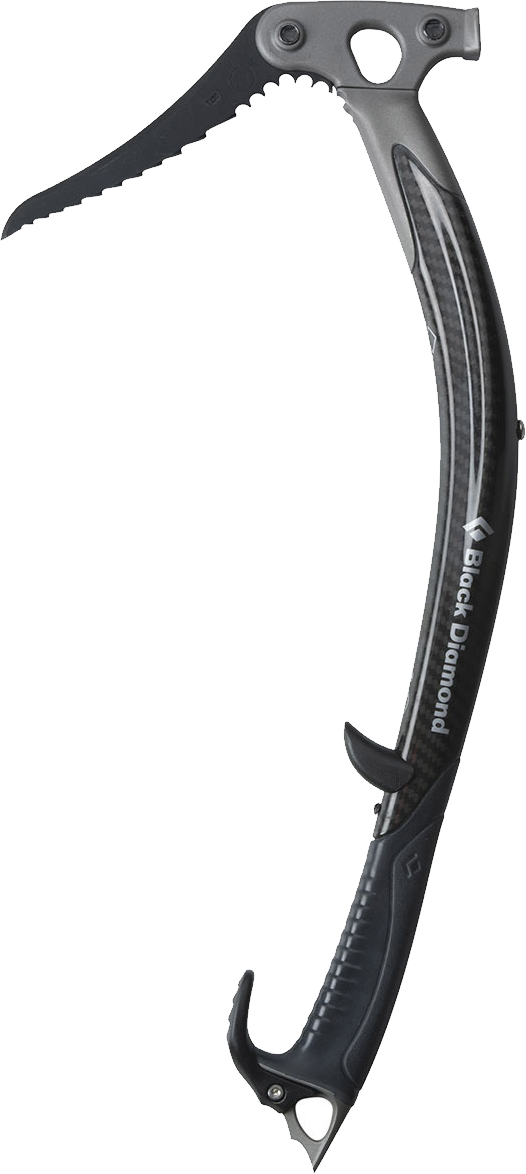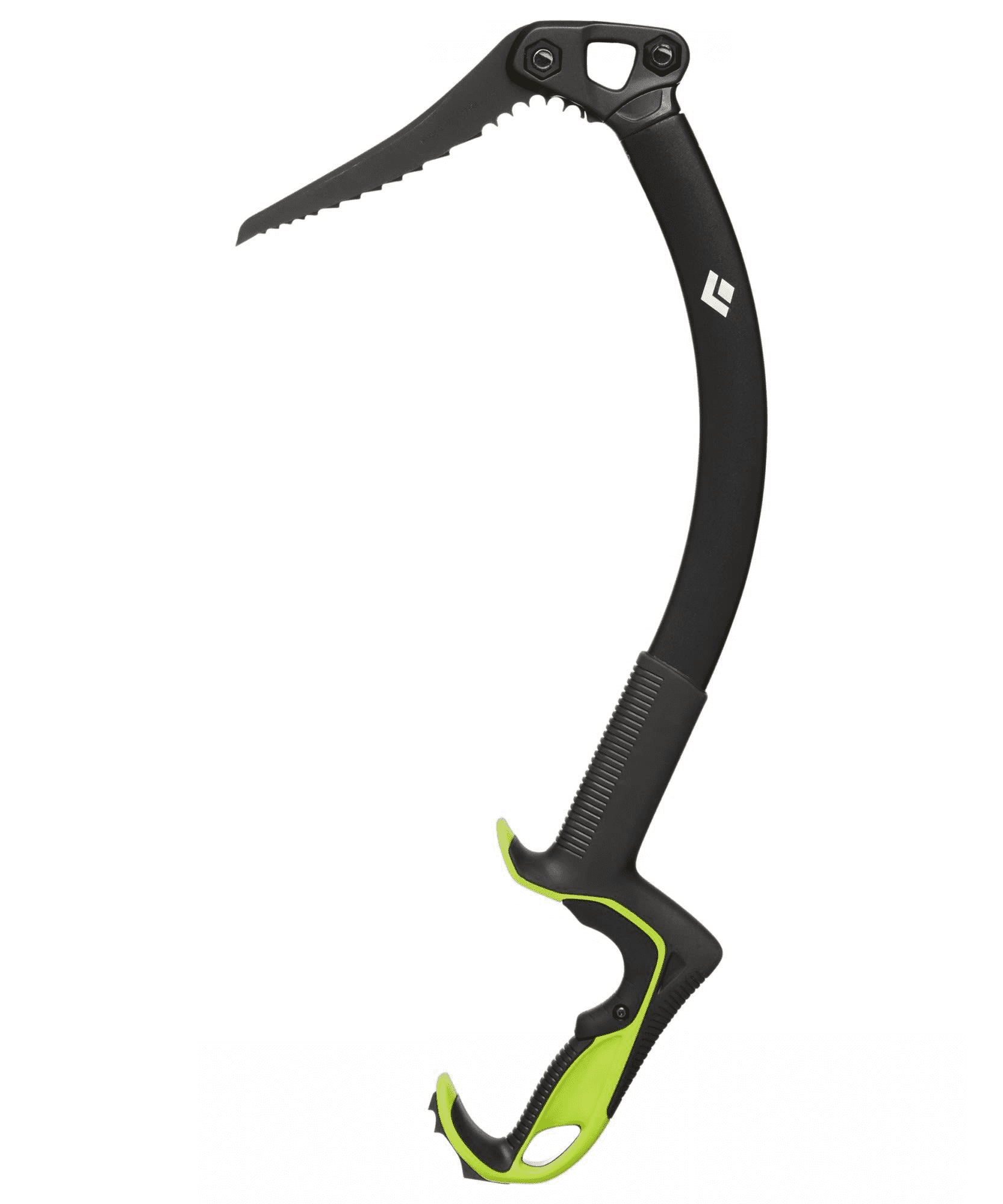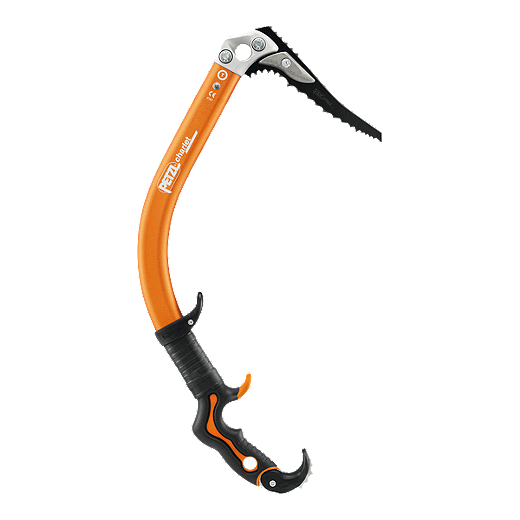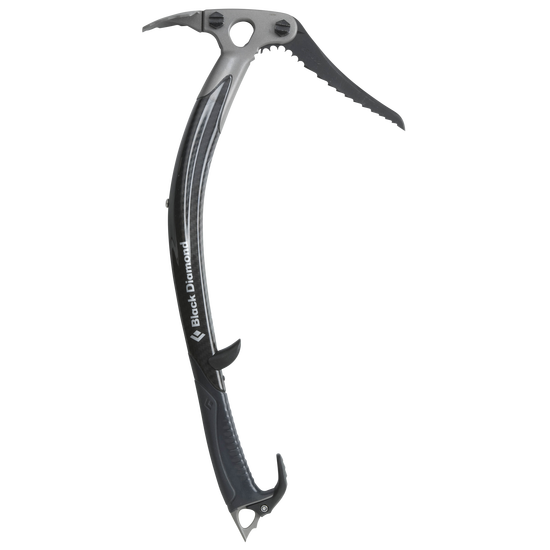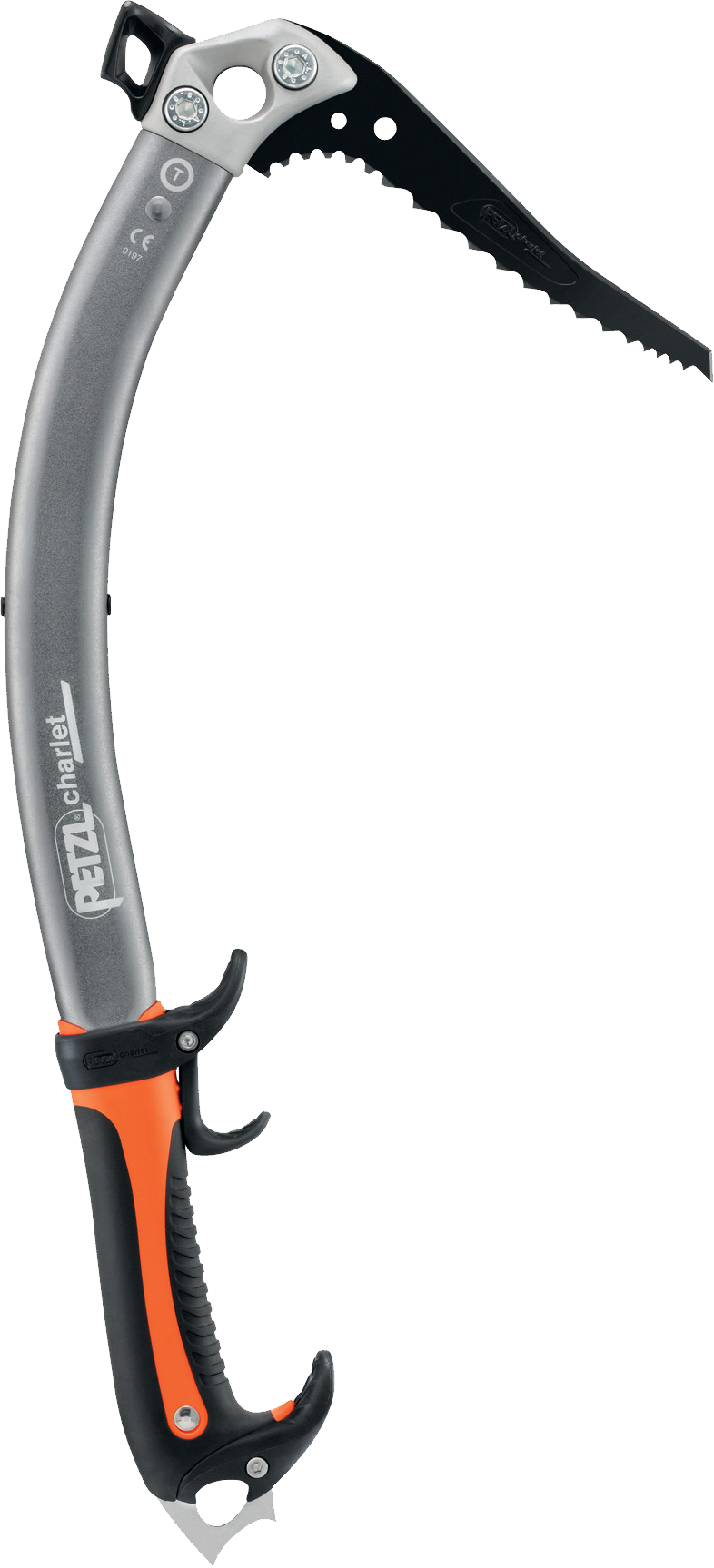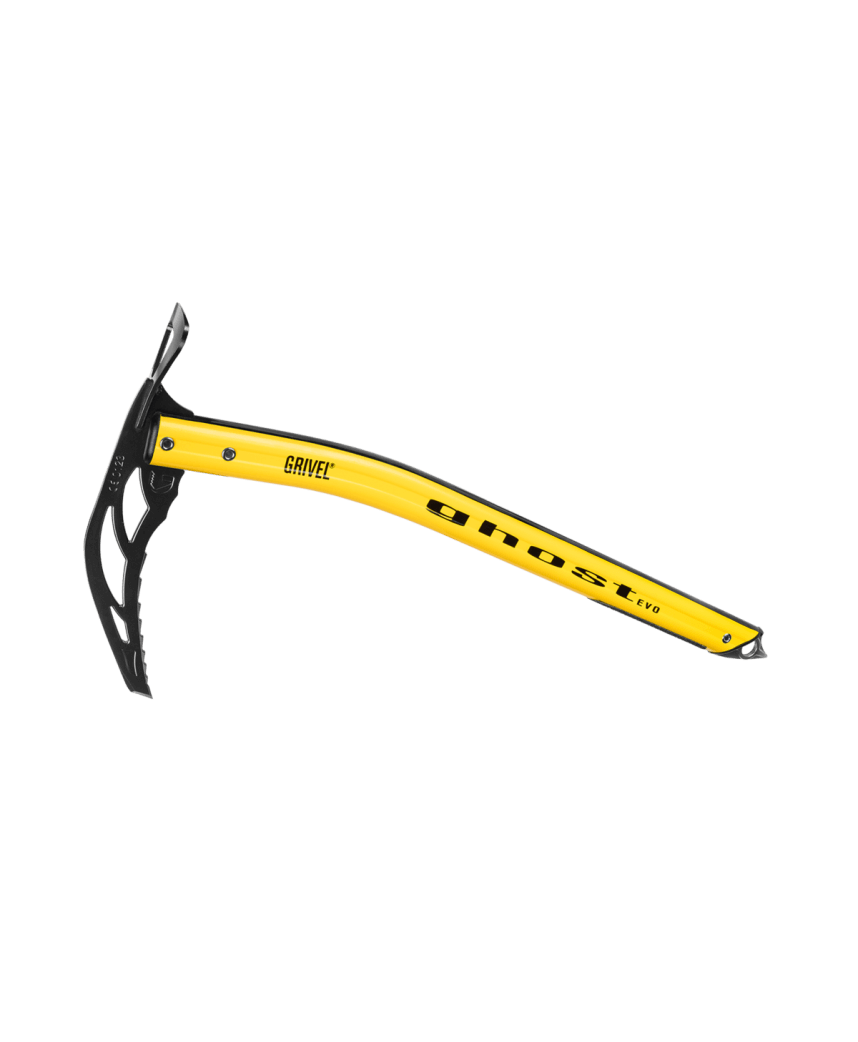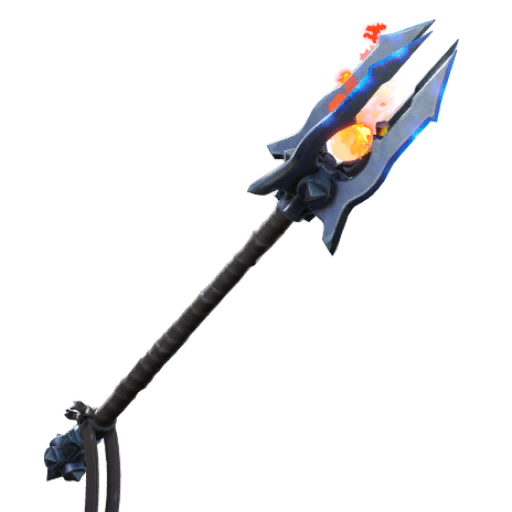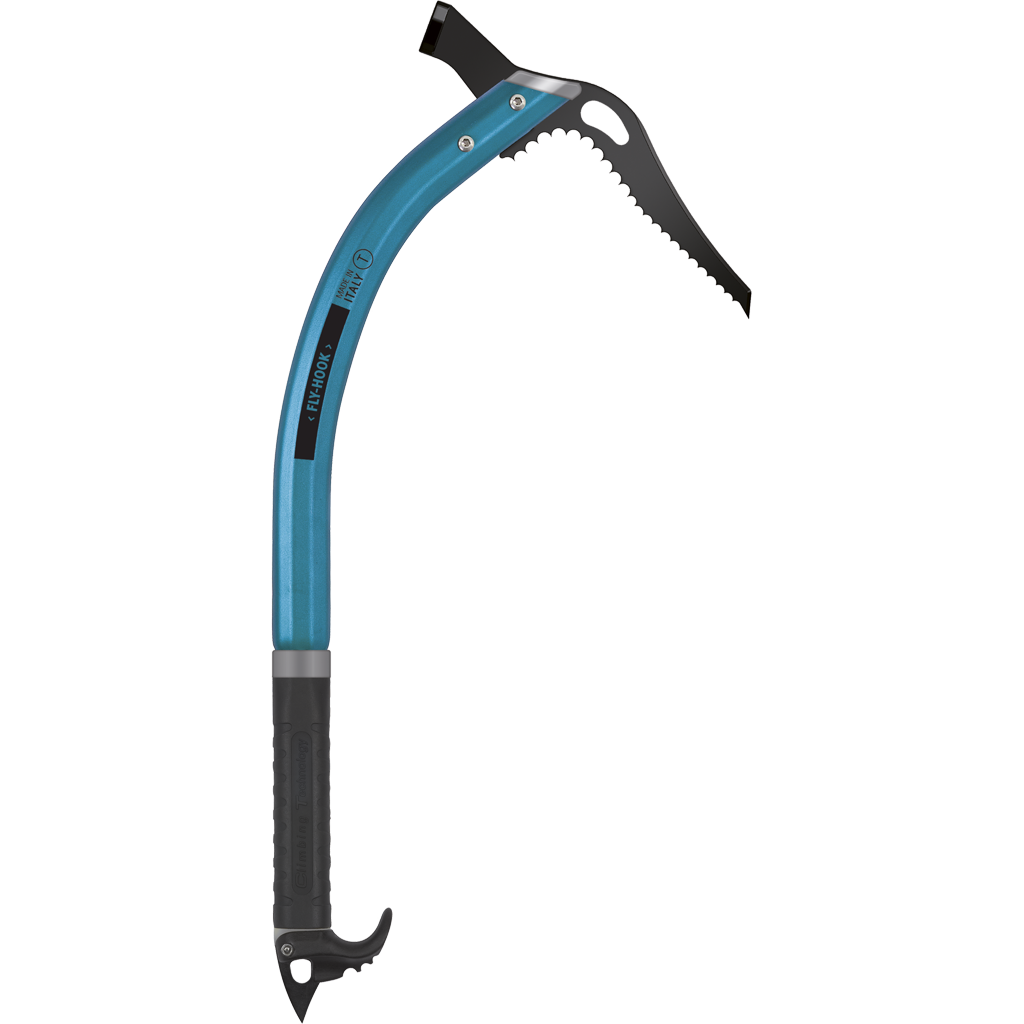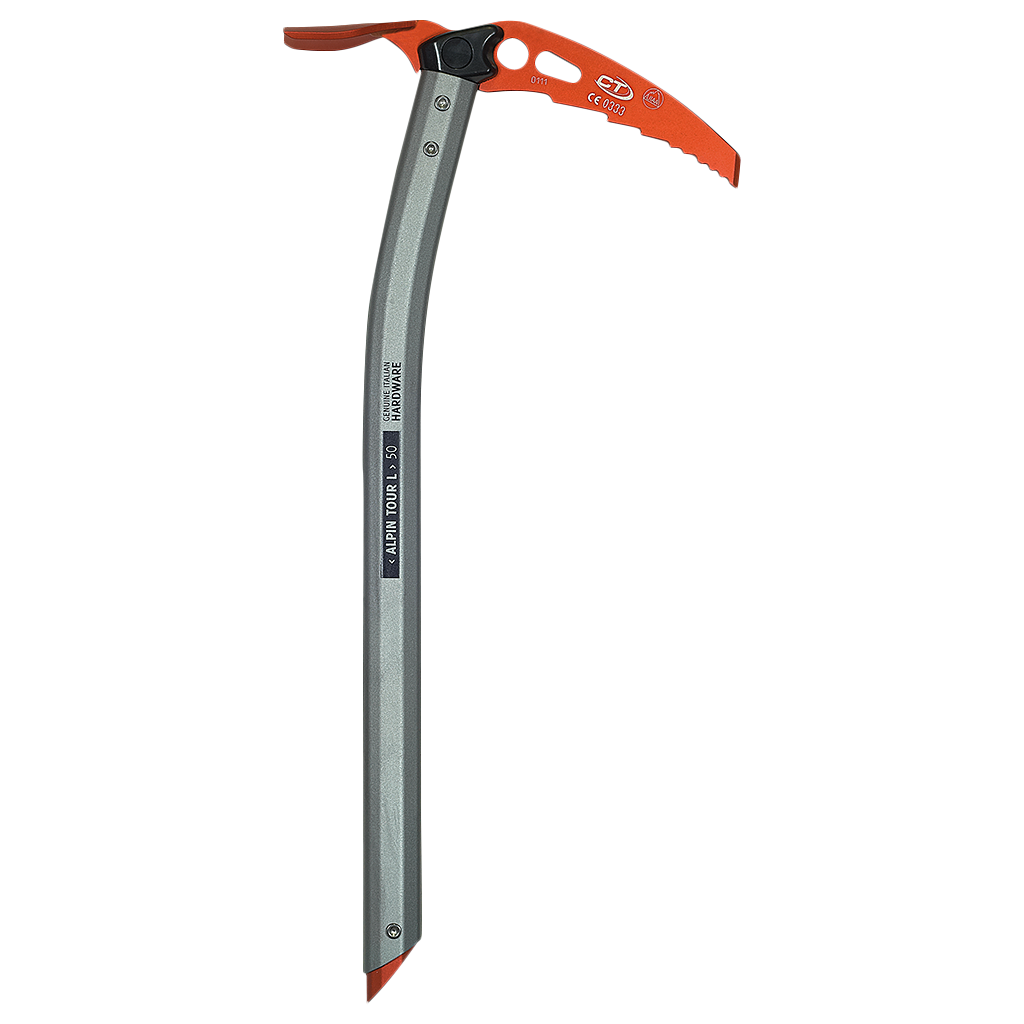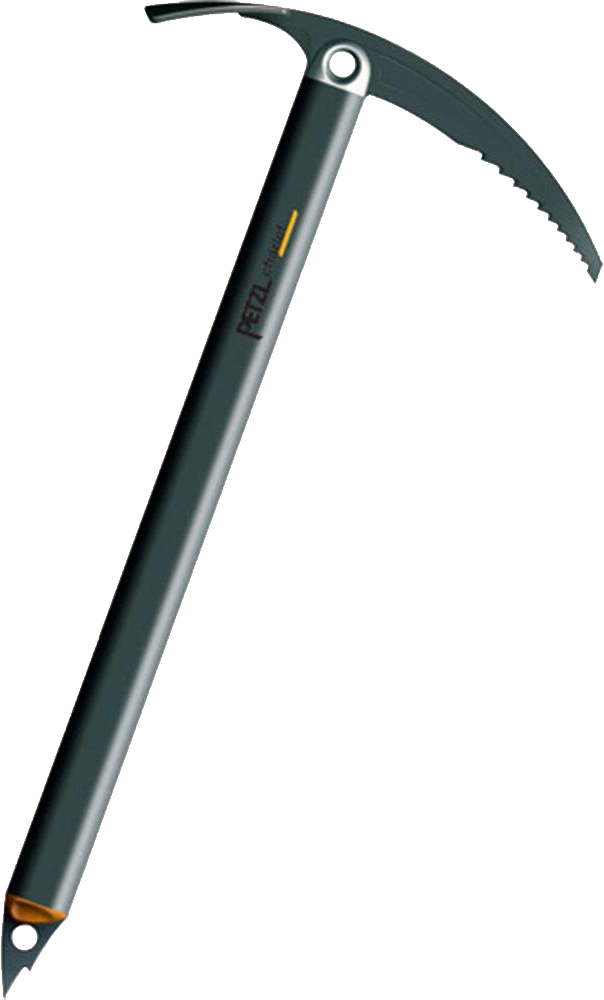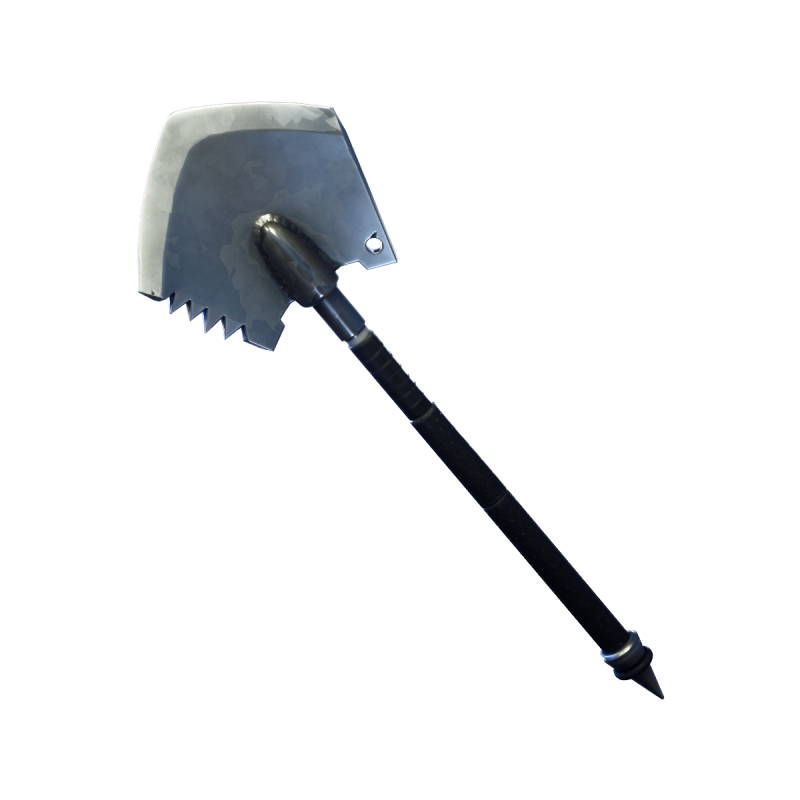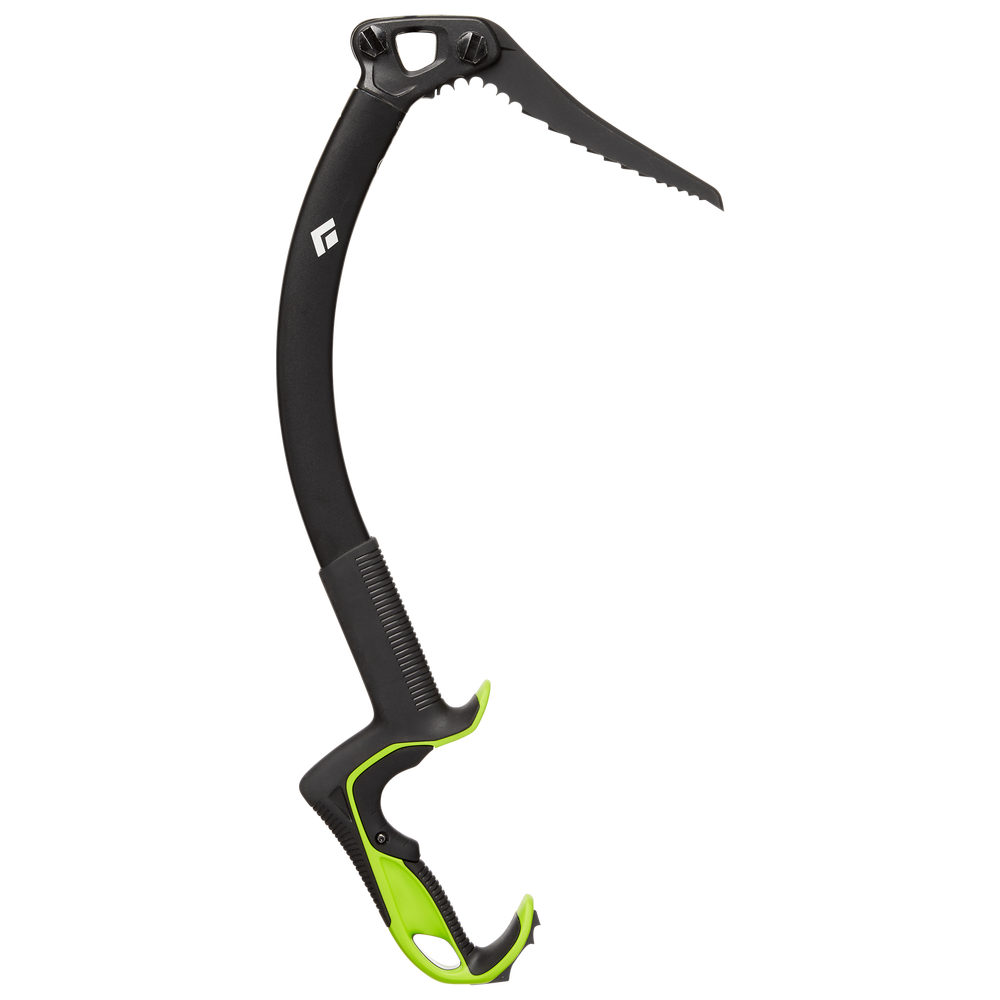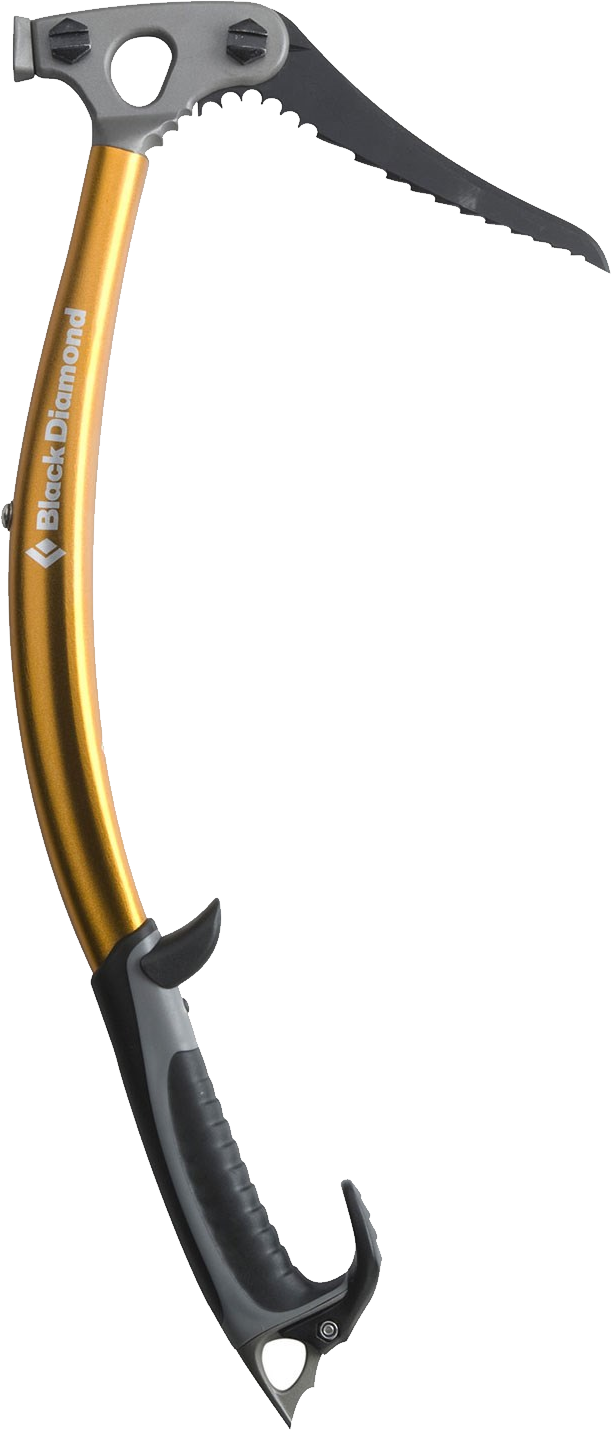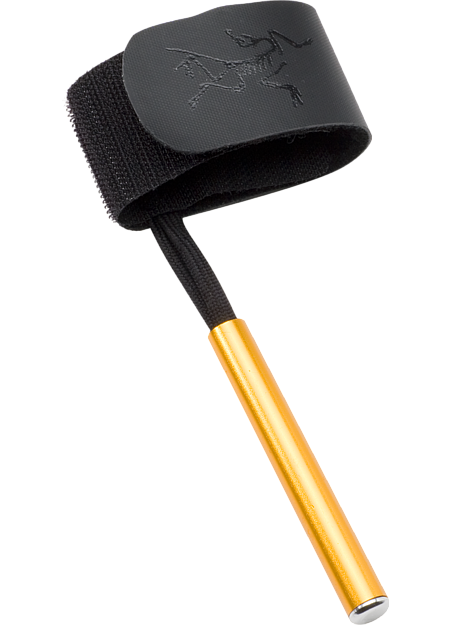Download top and best high-quality free Ice Tool PNG Transparent Images backgrounds available in various sizes. To view the full PNG size resolution click on any of the below image thumbnail.
License Info: Creative Commons 4.0 BY-NC
A specific refinement of the current ice axe used in ice climbing, primarily for more challenging setups, is known as an ice tool. Because ice tools are used two to a person for the duration of a pitch, a pair may be shared among two or more persons in some situations, like as top-rope-anchored routes, when only one of them is climbing at a time. A traditional “ice axe,” on the other hand, is used one to a person for the hours or days while a party is trekking over snow or ice. To separate themselves from “tools,” classic “ice axes” are often referred to as “traveling axes,” “walking axes,” or “general mountaineering axes” in areas where a “ice tool” is simply known to as a “ice axe.”
In order for the climber (supported by cramponed feet) to use each tool in turn in maintaining balance with the body’s center of mass nearly straight above the toes, while repositioning the other tool to a higher level, before raising the body weight with the legs and setting the stage for repeating the process, two tools are required.
The most prevalent sort of Ice tool has historically been a customized leash that firmly holds the climber’s wrist. When a climber hangs on a leash, the length of the leash is adjusted such that the climber’s hand remains at the tool’s handle section of the axe shaft. By giving little grip to the axe shaft, the climber may rest on the axe placement. The most significant drawback of a leashed tool is the possibility of being caught on the tool in the rest position without being able to reach the grip and operate it.
Ice tools with no leash have recently become popular. The shaft of most current ice tools is bent in such a way that it is not vertical when aggressively put. Clutching a shaft that is slightly canted from vertical is typically less exhausting than gripping a vertical shaft. To improve axe comfort and control, leashless ice tools alter the cant and its location relative to the main shaft. These modifications, together with the addition of a finger rest, made it much simpler to grasp and hold the axe handle, eliminating the “rest” effect of leashes.
The climber’s inability to “relax” on their wrists and the risk of loosing a tool en route are also downsides of leashless tools. The freedom to change tools between hands (or cross and match) as well as a climber’s capacity to move their hands to any portion of the tool without being confined by the leash are all advantages of leashless tools when climbing. A climber cannot become stranded on their harnesses without being able to reach the tools, which is a safety benefit. The UIAA decided to prohibit leashes during competition because of this safety aspect as well as an effort to make the courses more challenging. This prohibition prompted the creation of commercially produced leashless tools.
Many people now utilize leashless gadgets in conjunction with a’springer leash’ arrangement. This provides some protection against dropping the tools on a lengthy trad route while still allowing you to go leashless. Each tool is attached to a bungee cable that normally ends at the climber’s waist and is attached to their harness. Wrists are not supported, and mobility remains unrestricted. The springer leash is not meant to stop a fall if the ice axe is left in place, yet this is frequently what happens in real-life situations.
Download Ice Tool PNG images transparent gallery.
- Ice Tool PNG Image HD
Resolution: 1024 × 1024
Size: 117 KB
Image Format: .png
Download
- Ice Tool PNG Image
Resolution: 762 × 1315
Size: 329 KB
Image Format: .png
Download
- Ice Tool PNG Images HD
Resolution: 1200 × 1200
Size: 215 KB
Image Format: .png
Download
- Ice Tool PNG Images
Resolution: 800 × 800
Size: 100 KB
Image Format: .png
Download
- Ice Tool PNG Photo
Resolution: 1024 × 1024
Size: 144 KB
Image Format: .png
Download
- Ice Tool PNG Photos
Resolution: 526 × 1174
Size: 184 KB
Image Format: .png
Download
- Ice Tool PNG Pic
Resolution: 1666 × 2000
Size: 123 KB
Image Format: .png
Download
- Ice Tool PNG Picture
Resolution: 520 × 520
Size: 66 KB
Image Format: .png
Download
- Ice Tool PNG
Resolution: 550 × 550
Size: 73 KB
Image Format: .png
Download
- Ice Tool Transparent
Resolution: 786 × 1727
Size: 459 KB
Image Format: .png
Download
- Ice Tool
Resolution: 858 × 1042
Size: 29 KB
Image Format: .png
Download
- Ice Tool Background PNG
Resolution: 512 × 512
Size: 61 KB
Image Format: .png
Download
- Ice Tool No Background
Resolution: 1024 × 1024
Size: 193 KB
Image Format: .png
Download
- Ice Tool PNG Clipart
Resolution: 1024 × 1024
Size: 230 KB
Image Format: .png
Download
- Ice Tool PNG Cutout
Resolution: 604 × 1000
Size: 133 KB
Image Format: .png
Download
- Ice Tool PNG File
Resolution: 800 × 800
Size: 120 KB
Image Format: .png
Download
- Ice Tool PNG Free Image
Resolution: 1000 × 1000
Size: 235 KB
Image Format: .png
Download
- Ice Tool PNG HD Image
Resolution: 611 × 1430
Size: 259 KB
Image Format: .png
Download
- Ice Tool PNG Image File
Resolution: 450 × 625
Size: 166 KB
Image Format: .png
Download
